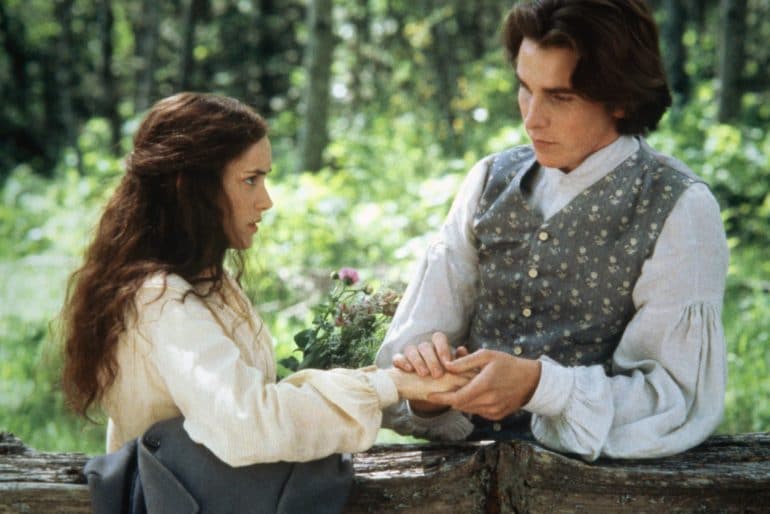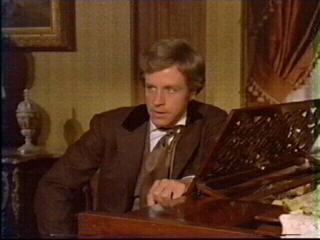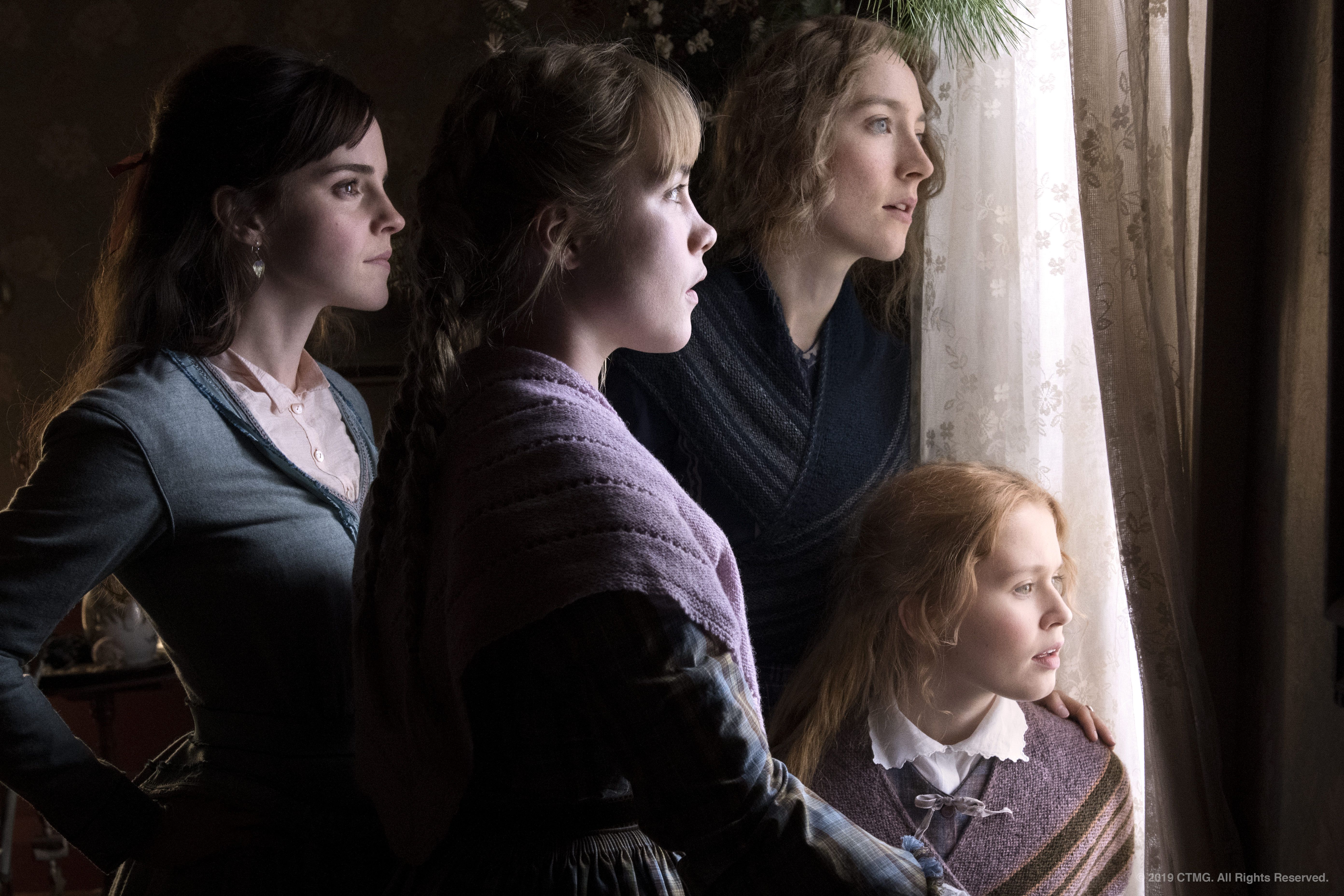

She is with her sisters and is pretty much the only one who does not wholeheartedly agree to the sisters' choice to give their mother gifts to ensure their gratitude to her. But lightning isn’t striking a second time with her semi-careless methods in “Little Women.” Here’s hoping no one asks her to do the fifth version of Alcott’s “Little Men.”Įd Symkus writes about movies for More Content Now.Amy starts as a twelve-year-old who is a little spoiled. Her skills as a writer-director were made apparent a couple of years ago with “Lady Bird,” and she was Oscar nominated in both categories. This film is the result of many years of attempts to get a script off the ground, well before Gerwig came aboard. But she can’t do much to enliven the bland performance by Timothée Chalamet as Laurie. Gerwig allows Meryl Streep to show her light comic chops as the outspoken Aunt March, and Chris Cooper to add an unexpected gentleness to Mr. Saorsie Ronan’s (Gerwig’s “Lady Bird”) spirited portrayal of Jo is one of the best to date, but Florence Pugh’s overzealous depiction of Amy is distracting.

Gerwig’s direction of actors is less problematic, but there are still some glitches. This is one extremely scattered screenplay, and even I had moments of difficulty knowing when and where I was in it. But in a chronicle with so many characters and locales as “Little Women,” that’s a great disservice to anyone who’s new to it all.
#Little women laurie series#
Gerwig has thrown linear storytelling to the wind, and opted for a series of unidentified flashbacks and flash forwards. Gerwig still gets the story told, but as a screenwriter, she seems to think that everyone in the world is already acquainted with it - that everyone knows where Jo has gone when she moves away from Concord, and when and why Amy suddenly pops up in Paris, or who the character of John Brooke is, or anything at all about the relationship - is it a good or a bad one? - between wealthy and lonely Mr. Then along comes Gerwig with her new approach, one that, for anyone who does not know the details of Alcott’s narrative, is going to mean rough going. Manipulative? A bit treacly? Yes, but it makes for an engrossing story. In due course, love is found and love is lost birth, death, success, and failure take their turns as plot points people in need are aided by people who can help and in the end, almost everyone is deliriously happy. A young man, Laurie, meets the family, falls head over heels for Jo, who has no time for the frivolity of romance, and is rejected. Jo wants to be a writer, Meg wants to find a wealthy husband, Amy wants to be an artist, Beth wants to play music.
#Little women laurie tv#
Having seen two previous feature films, one TV miniseries, about 20 minutes of that dubbed anime, and reading about half of the book before the wordiness made me dizzy, I have a good idea of who these characters are and where the story goes.īased in Concord, Massachusetts, in the mid- to late-1800s, it tells of the hopes and dreams of the four March sisters - Jo, Meg, Amy, and Beth - living with their mother, the ardent do-gooder Marmee, while, initially, their father is off fighting in the Civil War. But therein lies the problem with Greta Gerwig’s shot at it. Of course, there’s no use in just making the same thing over and over, and in a film with this many lives, taking a new approach to it can and should be a good thing. Most fans of the popular book would agree that having to choose the best or at least most faithful interpretation would likely result in a tie between the one directed by George Cukor in 1933, featuring Katherine Hepburn as the feisty protagonist (and Alcott surrogate) Jo March, and the one from director Mervyn LeRoy 1949, with June Allyson in the role. One of them had a script containing none of Alcott’s dialogue, another omitted the death of a significant character, another was a Japanese anime adaptation.

It’s difficult to come up with an accurate count of how many versions - between television productions and theatrical releases - have been made of “Little Women.” But it’s safe to say that the Louisa May Alcott’s celebrated novel of love and death and yearning has gone from page to some sort of screen at least a dozen times.


 0 kommentar(er)
0 kommentar(er)
